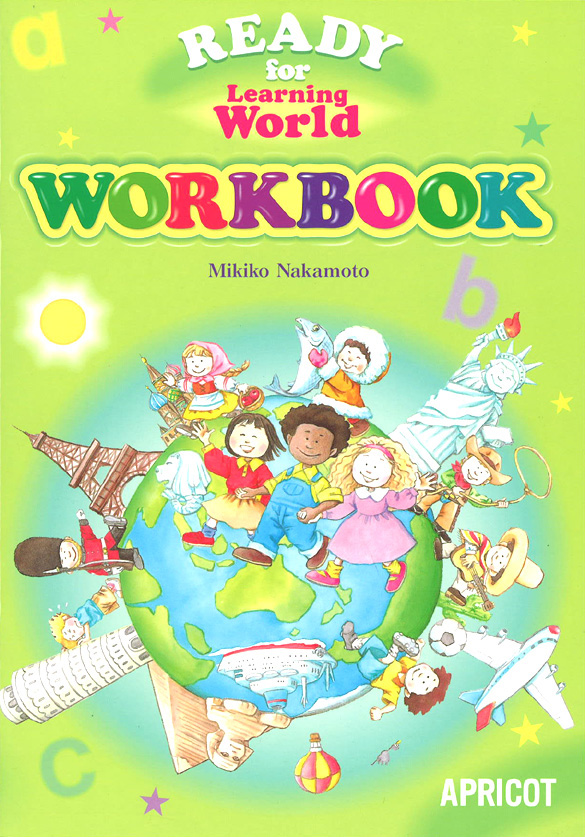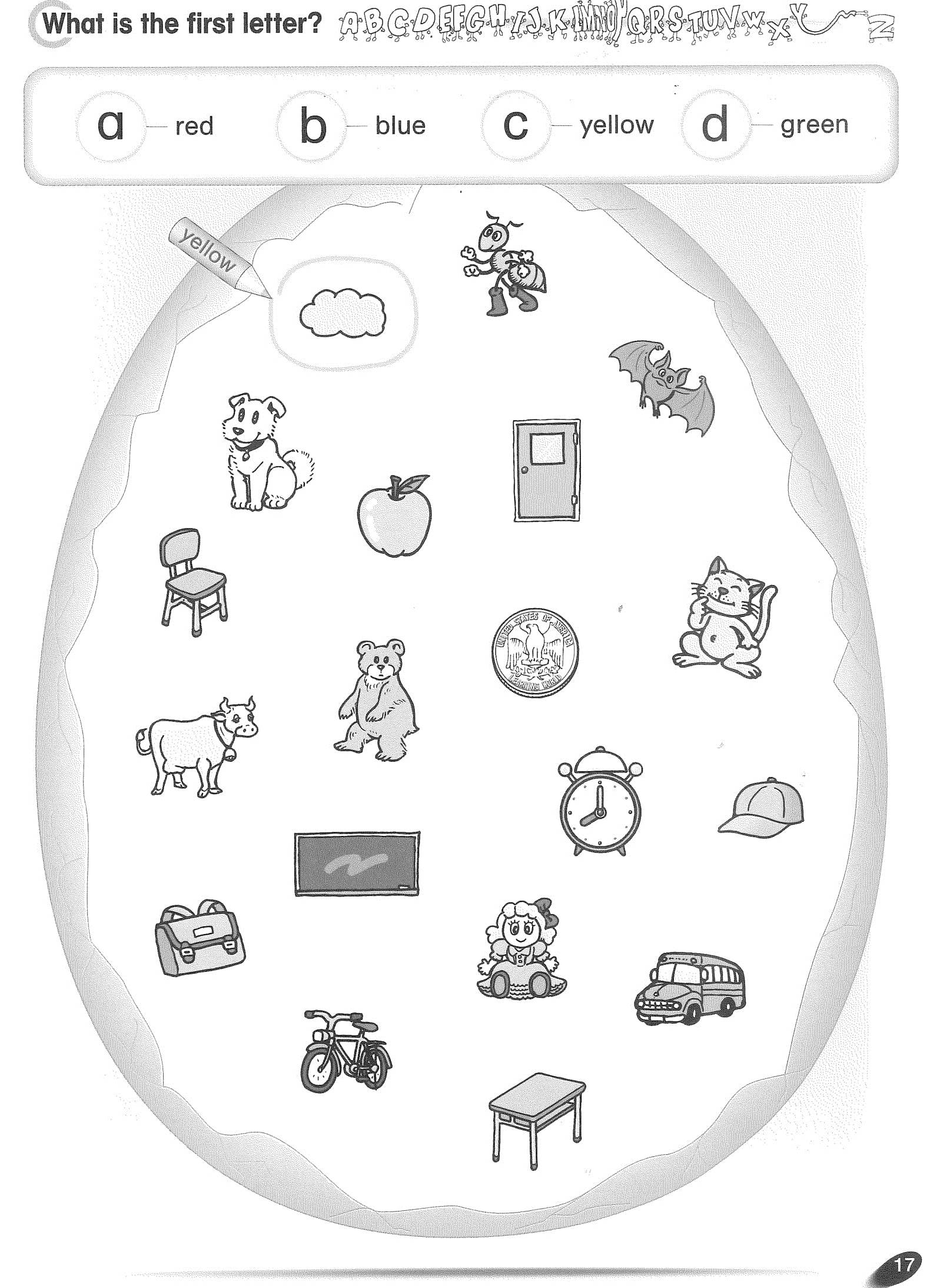

Latest
- 54. 10 Useful Pieces of Advice for Teaching with LEARNING WORLD #9 & 10
- 55. “Happy New Year!” “I don’t say that.”
- 53. Halloween 2019
- 52. READY Workbook Pg. 17
- 51. English-Uplift 1-Day Seminars
- 50. READY Workbook - vocabulary copying activity
- 49. 10 Useful Pieces of Advice for Teaching with LEARNING WORLD #8
- 48. 10 Useful Pieces of Advice for Teaching with LEARNING WORLD #7
- 47. 10 Useful Pieces of Advice for Teaching with LEARNING WORLD #6
- 46. 10 Useful Pieces of Advice for Teaching with LEARNING WORLD #5
- 45. 10 Useful Pieces of Advice for Teaching with LEARNING WORLD #4
- 44. 10 Useful Pieces of Advice for Teaching with LEARNING WORLD #3
Category
- Kindergarten aged students
- Lower Elementary-school aged students
- Upper Elementary-school aged students
- Junior High and older students
- Others
Profile
I have been teaching English to kids in Japan for more than 20 years: public elementary schools in Tokyo for 11 years, and Hello Kids Komazawa for the last 9. For 3 years I have been teaching weekly lessons to students at Tsutsujigaoka Kindergarten. As I tend to stay at the same workplace for a long time, I've been able to see the long-term results of my work. Being able to really see children's English communication ability grow has been very rewarding. I mainly use APRICOT materials in my classroom. They best suit my goal of having students use as much English as possible while developing confidence and self-esteem. I enjoy teaching development, and I love discussing English education with other teachers!
52. READY Workbook Pg. 17
The READY Workbook page 17 is a great page. This page requires Ss to look at the pictures, decide each picture’s first letter, then color them accordingly. To make this activity more communicative I decided to present the material in class in a different way.
In preparation, I copied page 17, one for each S. I cut out all the pictures and put them in a basket.Then in class I gave each S a blank sheet of paper and a glue stick.
I had Ss fold their paper into 4 boxes.
Ss watched as I took one picture out of the basket and told them:
“Please get the same picture”.
Of course, the picture was small so Ss couldn’t know what picture I had taken. They needed to ask:
“What did you take?”
Once Ss had this picture (“cow”) I told them:
“Please glue the picture in the box”.
Of course, Ss weren’t to know which box, so they needed to ask:
“Which box?”
I answered:
“Box 3”
This activity continued for several more pictures, with Ss asking “What did you take?” and “Which box?”
After a while, pictures beginning with the letter A were in Box 1, B were in Box 2, C Box 3, D Box 4. But the Ss hadn’t noticed this yet. There were still many pictures in the basket, so I began asking Ss which box they thought each new picture was to go in. To answer, Ss needed:
“I think it goes in Box number ~”.In the end, Ss understood the pattern, and the activity was over.
I had Ss fold their paper into 4 boxes.
Ss watched as I took one picture out of the basket and told them:
“Please get the same picture”.
Of course, the picture was small so Ss couldn’t know what picture I had taken. They needed to ask:
“What did you take?”
Once Ss had this picture (“cow”) I told them:
“Please glue the picture in the box”.
Of course, Ss weren’t to know which box, so they needed to ask:
“Which box?”
I answered:
“Box 3”
This activity continued for several more pictures, with Ss asking “What did you take?” and “Which box?”
After a while, pictures beginning with the letter A were in Box 1, B were in Box 2, C Box 3, D Box 4. But the Ss hadn’t noticed this yet. There were still many pictures in the basket, so I began asking Ss which box they thought each new picture was to go in. To answer, Ss needed:
“I think it goes in Box number ~”.In the end, Ss understood the pattern, and the activity was over.
The activity used the same concept as was intended on page 17, but this alternative presentation introduced Ss to several new expressions for them to use communicatively.
By all means, take a look at the video.





















